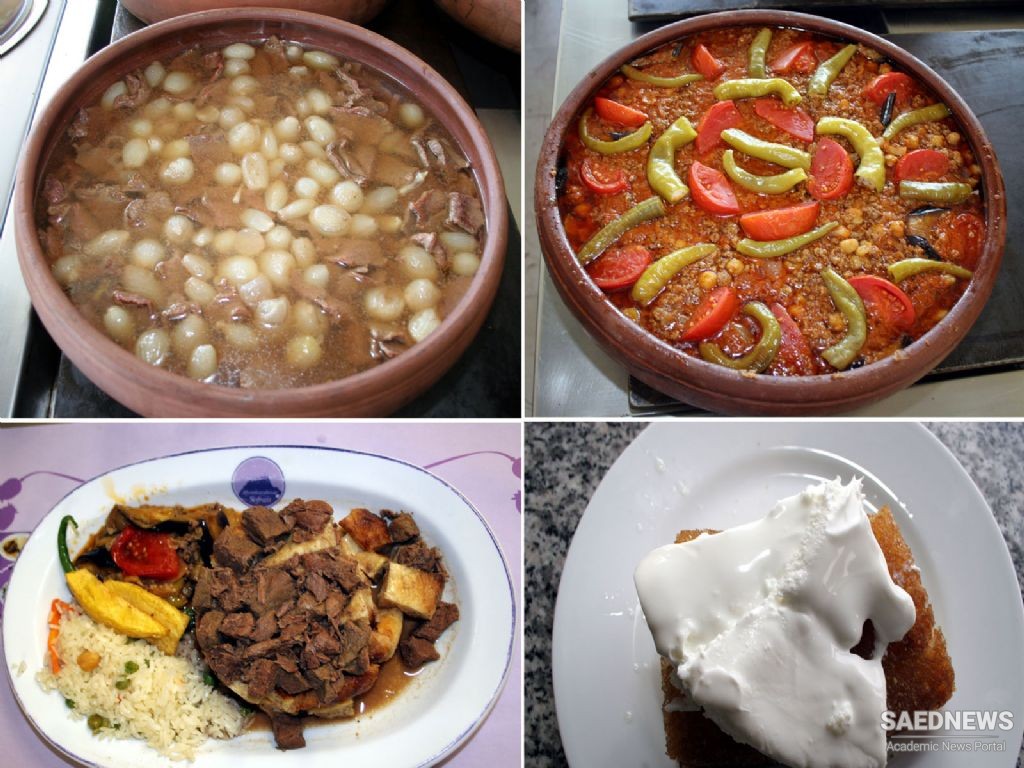The food and tourism industries all rely on regional and national branding for market leverage and promotion. One would describe the importance of tourism place and region thus: ‘there is a direct impact on tourism in the identification of food regions because of the inter-relationships that may exist in the overlap of food and destination region promotion and the accompanying set of economic and social linkages’ brands become an important source of differentiation and added value for rural regions. Brands are also increasingly recognized as the source of extraordinary profit. Companies with brands, particularly the diversified brands of companies, consistently generate higher returns than companies without strong brands. Food retailers are generally integrated players, owning everything from can-making to distribution operations. Some of the most successful, such as Coke and Red Bull, have decided that the profitable part of the value chain is brand management, and have exited the other parts of the value chain, like manufacturing, where intangibles are harder to capture. Food branding in relation to place, tourism and regional development operates at a number of different levels. Generally we can recognize difference in branding at the level of the nation, the region and of the individual firm. For a number of countries, national images become a very important part of branding strategies. In the case of Ireland, regional images operate at the national scale in the marketing of the main Irish food and tourism products. However, Irish products are usually being marketed rather than Irish regions. Regional images are used to invoke the environmental images which are usually associated with Ireland: ‘the clean, green environment associated with geographical position on the western edge of Europe, low levels of industrialization and relatively low-intensity methods of production’. Interestingly, such images are also used by a number of other countries, including Iceland and New Zealand, as a means of reinforcing national brands. Nevertheless, what is significant in the Irish case is the extent to which place has become an important factor in the cross-promotion of food and tourism and the development of brand Ireland.


 Food Tourism and Balance of the Local and the Global
Food Tourism and Balance of the Local and the Global














































